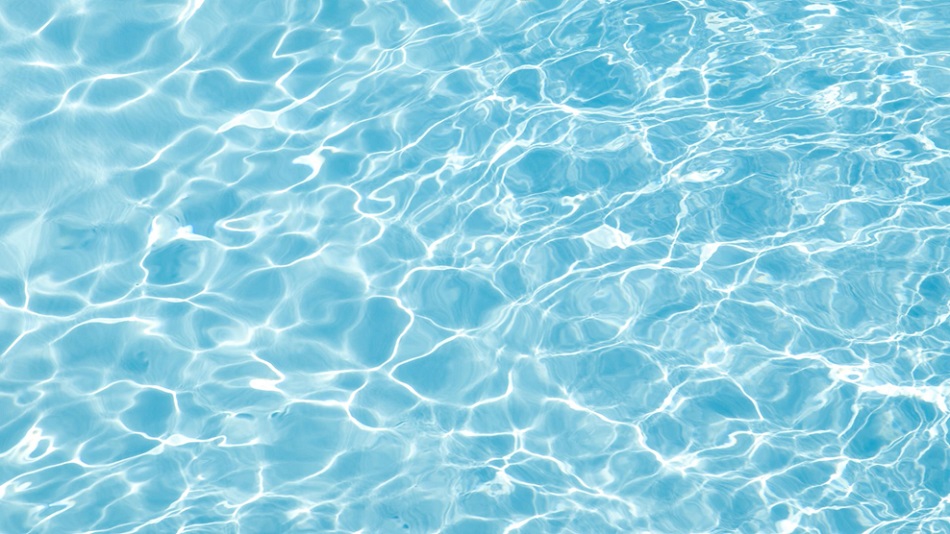Owning a swimming pool is a wonderful luxury, but it also comes with the responsibility of maintaining clear, safe, and swimmable water. One essential aspect of pool maintenance is testing and balancing the chemical levels in your pool water. In this article, we share a step-by-step guide on how to do it right, ensuring your pool stays in tip-top condition.
Step 1: Test Your Pool Water Regularly
First and foremost, make it a habit to test your pool water regularly – ideally 2-3 times a week. This way, you can detect any imbalances and address them before they cause more significant issues, such as cloudy water or algae growth. You can either use a pool test kit or test strips to check the chemical levels. If you’re looking for accuracy and convenience, consider using a digital pool water tester. Furthermore, you may also check out this blog to know how often you should change pool water and ensure your pool remains clean and safe.
Step 2: Balance Pool Water pH Levels
The pH level is a crucial aspect of pool water balance. It should fall between 7.4 and 7.6, providing a comfortable, neutral environment that won’t irritate eyes and skin. To increase pH, add soda ash or sodium bicarbonate to your pool. To lower it, use muriatic acid or sodium bisulfate. If you are unsure about how to handle these chemicals, hire a professional pool company in Atlanta that offer reliable pool cleaning services.
Step 3: Sanitize Your Pool with Chlorine or Bromine
Chlorine and bromine are two common sanitizers that eliminate harmful bacteria and viruses in pool water. Maintain a chlorine level of 1-3 parts per million (ppm) or a bromine level between 3-5 ppm. To increase sanitizer levels, shock your pool by adding a large dose of chemicals. To reduce levels, either dilute the water with fresh water or use a sanitizer neutralizer.
Step 4: Monitor Alkalinity Levels
Total alkalinity (TA) affects the stability of your pool’s pH and measures the water’s ability to buffer pH changes. Aim for a TA between 80-120 ppm for pools with a plaster or concrete surface or 125-150 ppm for pools with a vinyl or fiberglass surface. To raise TA, add baking soda to your pool water. To lower it, use muriatic acid or sodium bisulfate.
Step 5: Keep an Eye on Calcium Hardness
Calcium hardness refers to the concentration of dissolved calcium in your pool water. This is important to prevent plaster or equipment damage from scaling or etching. Your target calcium hardness range depends on your pool type: 200-250 ppm for vinyl or fiberglass pools and 250-350 ppm for concrete or plaster pools. To increase calcium hardness, add calcium chloride. If your calcium hardness is too high, dilute your pool water with fresh water.
Step 6: Stabilize Your Pool with Cyanuric Acid
Cyanuric acid (CA) is a stabilizer that protects chlorine from the sun’s UV rays, prolonging its effectiveness. Aim for a CA level of 30-50 ppm for outdoor pools; indoor pools usually don’t require CA. To increase CA levels, add cyanuric acid granules to your pool. To lower it, remove some water and replace it with fresh water.
Wrapping Up
Testing and balancing your pool water might seem a bit complicated, but these steps can help you achieve optimal water conditions. Remember that maintaining your pool takes time and patience; however, the results will be worth it in the end. You and your family can enjoy a safe and inviting swimming experience all summer long. Happy Swimming!

